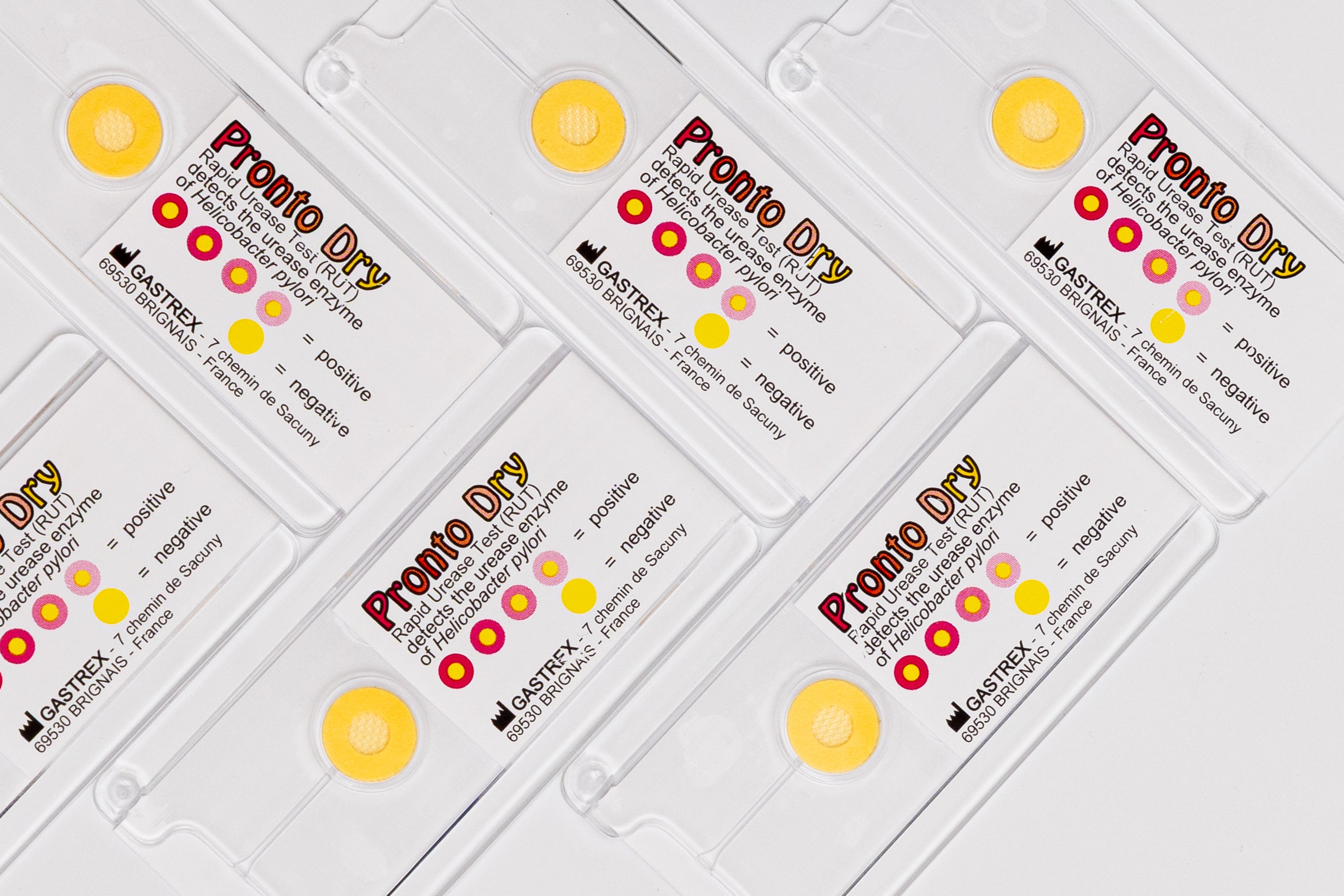Control unwanted anesthetic gas with Vapor-Clean
The presence of unwanted anesthetic gas in the anesthesia machine circuits can cause an allergic reaction in the patient. The most serious form of this manifestation is malignant hyperthermia crisis, a pharmacogenetic disease of skeletal muscles. The mortality rate of malignant hyperthermia is currently estimated at 5%, a level that has dropped significantly since risk factors were identified and treatment procedures based on the rapid application of a codified protocol were developed.
Presence of unwanted anesthetic gas in the device
Anesthesia machines deliver powerful gases such as desflurane, halothane, sevoflurane, or succinylcholine. The presence of unwanted anesthetic gas in the anesthesia machine's circuits is inherent in the machine's use. This situation requires specific and lengthy maintenance to eliminate even the smallest molecules of unwanted anesthetic gas after each use.
Classic method for removing unwanted anesthetic gas
Until now, the usual method consisted of purging the circuits using a high flow of fresh gas for a relatively long period. This incompressible time requires the nursing staff to change the anesthetic device between each patient in order to allow the maintenance operation to proceed correctly.
The benefits of Vapor-Clean carbon filters
The introduction of Vapor-Clean activated carbon filters has improved anesthesiologists' working conditions, productivity, and performance. Vapor-Clean activated carbon filters fit all anesthesia machine models because they attach to the transparent flexible tubes. They allow the system to be completely purged in less than 90 seconds. Disposable, the only thing required is to change them between each patient, an operation that also takes only a few seconds.
This rapid action is critical when the warning signs of a malignant hyperthermia crisis appear. With Vapor-Clean carbon filters, unwanted anesthetic gas emissions are quickly contained, and appropriate treatment with dantrolene can begin.

